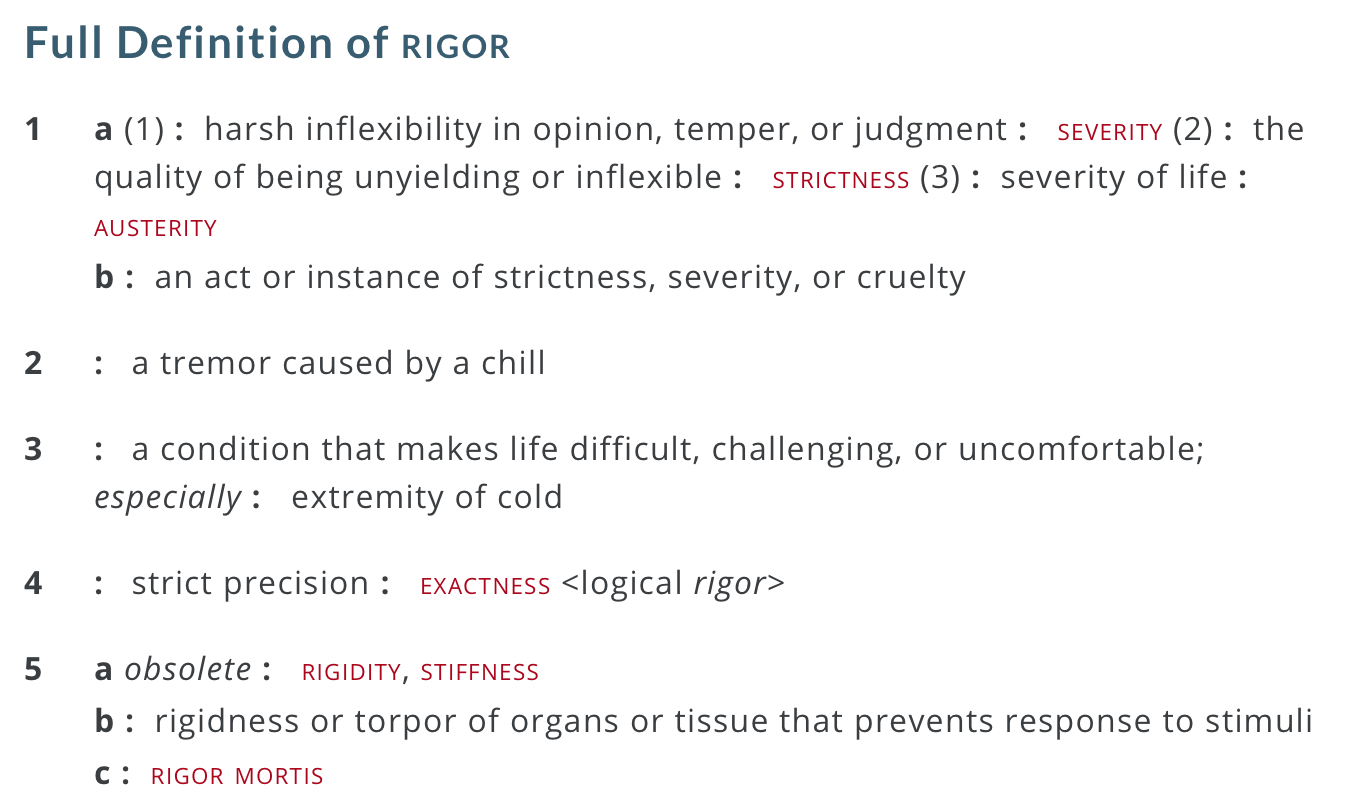This morning's Washington Post carried an Op-Ed piece by Deborah Kenney, founder of Harlem Village Academies. Unlike many charter schools run by large (overseas) conglomerates trying to turn education into cash cows, this charter appears to have pedagogy and students at the center.The question Ms. Kenny poses? Is the Common Core causing school experiences to become rigid, developmentally inappropriate, prison-like experiences? Or is it poor pedagogy? Or is it something else?I started examining the Core when it first came out - partially because of my interest in mathematics curriculum development. I do believe having the road map for instruction that comes out of the Core is beneficial. I know I may be lulled into subtly lowering expectations for my students because the topic is difficult or because there is some roadblock to students' learning. Checking adherence to the rigor that is expected of most students at grade level serves as a reminder of the goal and expectations.The contrasting examples Ms. Kenny cites - a Kindergarten class learning about verbs through interactive and directed play and the class where students didn't speak except for a rote response to a drill activity on the same topic - point to what I believe is the giant release the core gives teachers. Or at least what it should give us: we are free to address the standards in whatever way our students need. This is the aspect of the Common Core that excites me, the potential to address the curriculum as creatively as I want.Instead of relying on a textbook, series, or program, what if we plan collaboratively with our colleagues for the students we have in front of us without fear of reprimand for not using some mandated materials? Instead of using a textbook as a Bible, use it as a resource -- go to it when necessary? Unpack those standards, understand what happens vertically as well as in our own grade level.Raise your hand if you've seen large textbook publishers "correlations" to state or Common Core standards. Did they make sense to you? Well, most of the time they didn't to me either. It seems as if those correlations are marketing materials aimed at purchasing agents within districts. The connections to what we are teaching seem truly fuzzy. Okay, I'll say it..... they are bogus. A lot of the time.As one of a team of teachers aligning our available materials to Common Core math standards, I frequently hear teachers complain that they have to go looking for materials. That's a fact, but it is a fact by design. There are many inventive teachers out there who relish the chance to tap into their creativity and deliver meaningful and memorable lessons.Our students deserve a rigorous education. They deserve one that is not stifling, or rigid, or devoid of the joy of learning. What we need is time to collaborate, time to research best practice, time to unpack standards.
